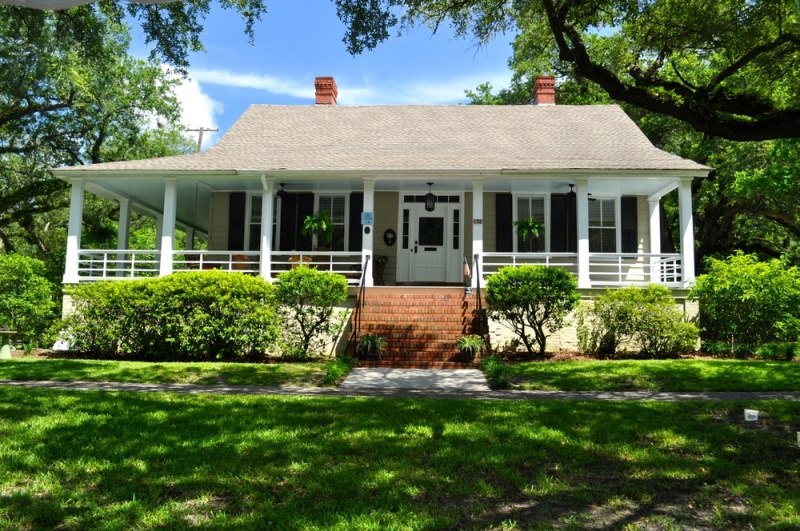If your home is in the historic district, can you renovate the exterior to mesh with your particular tastes?
Heck no!
Many cities and towns, including Salt Lake City, have what is known as a historic district, where a governing body attempts to preserve buildings’ architectural styles and protect their integrity. This is a common practice with public lands and buildings, but it can get dicey when you find out that the government is allowed to tell you what you can and cannot do with your own home.
You may have researched your options for new siding and chosen to go with vinyl rather than sticking with the wood you have now that has shown itself to be prone to rot and termite invasions. Plus, wood costs more to keep up. And maybe you’ve decided to replace your old door with a steel one, because it’s more energy-efficient and provides a high return on investment.
AH-AH-AH!
But then you find out you can’t do these home renovations at your particular address, because you must “preserve existing original site features or original building materials and features.” That means if you decide you want to tear off that old porch (or build a porch where there wasn’t one before), change the size or location of your windows, or add or subtract a retaining wall, you may be out of luck.
Not all home renovations are prohibited in all areas. And you can always ask for special permission to make a change at your house, though you may not get it.
It’s a complicated process, a slippery slope where one mistake could really cost you. If you don’t get the proper permits or you don’t follow code exactly, you may have to pay to have your expensive improvements ripped out. That’s why you should use a home renovation contractor with experience with historic homes. Doing anything else is a gamble.
HOME RENOVATION NOT WORTH THE TROUBLE?
So now maybe we’ve frightened you out of doing any home renovations at all. Maybe you’ve just decided to let the shingles rot or the porch sag for now. Uh-uh, can’t do that either.
In the historic district, you must “upgrade existing materials and elements, using recognized preservation methods whenever possible.” The residential design guidelines for historic preservation are outlined in a lengthy document that you may not have time to read before serious wood rot sets into your clapboards.
Turn this chore over to the experts at Renovation by Burbach. We have done home renovations on many historic homes over the years, always carefully following the letter of the law. Ask us to see pictures of some of these jobs — you’ll feel reassured that your property can look beautiful while still following code.
If you want to do a home renovation and you live in the historic district, trust the professionals at Renovation by Burbach to do this technical yet delicate job right.



